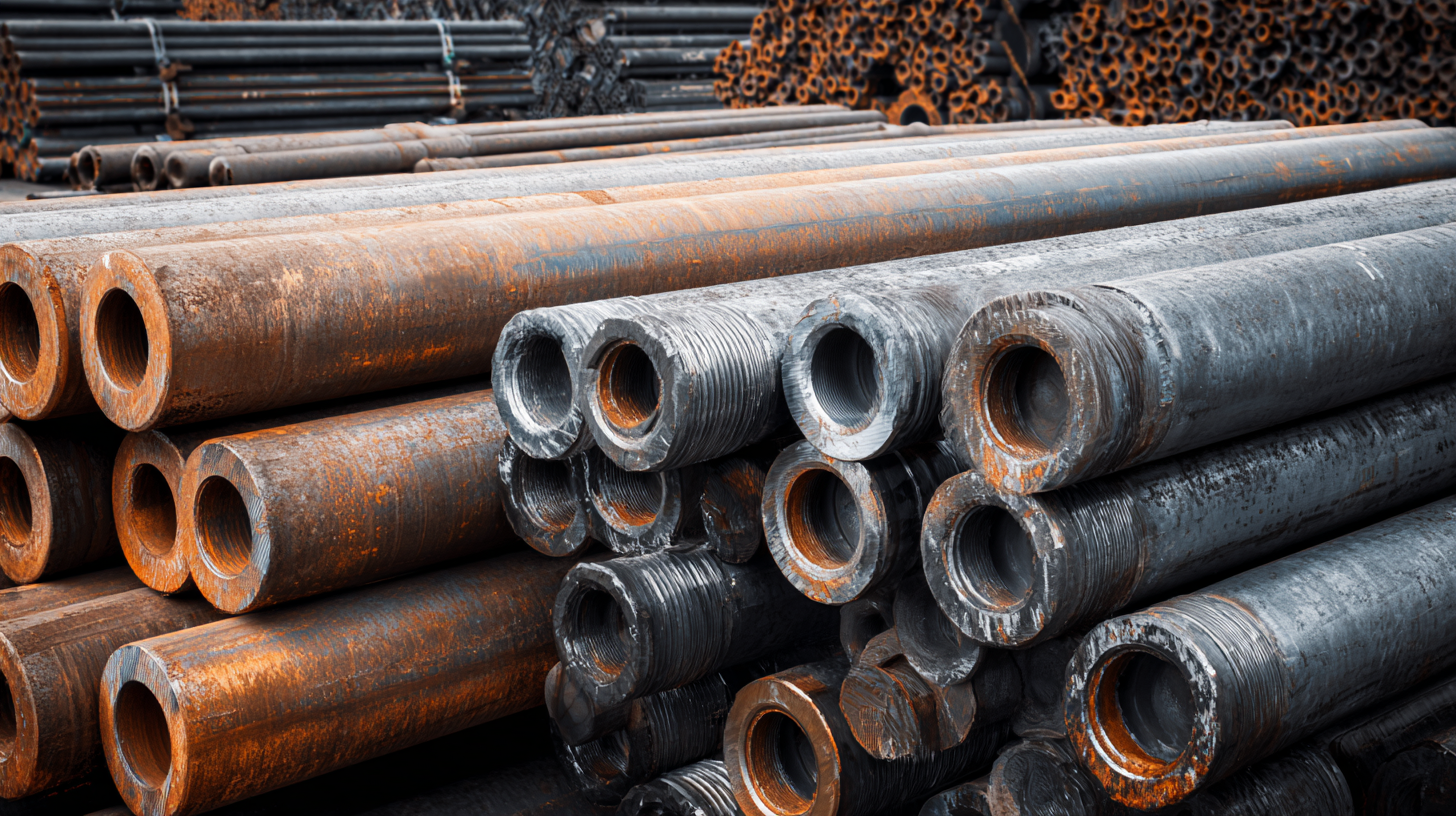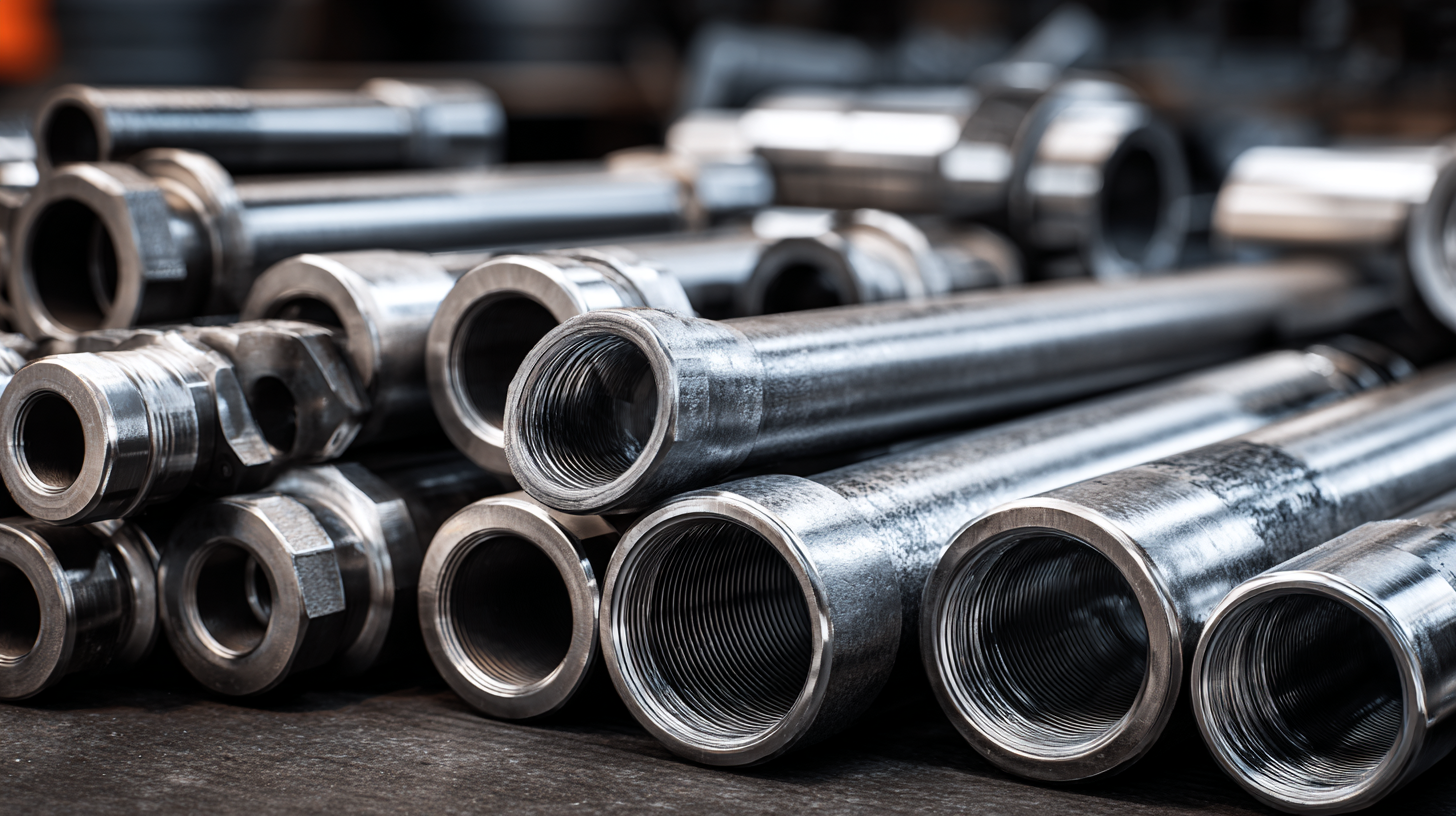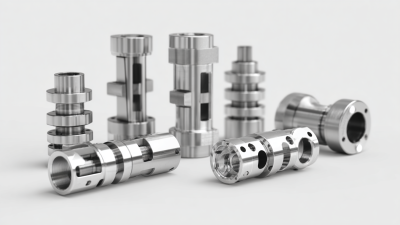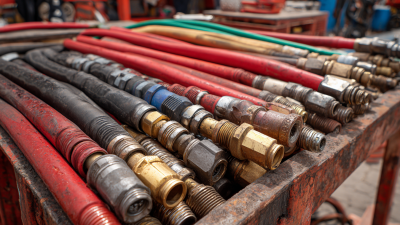When embarking on a project that requires the integration of steel pipe fittings, making the right choice becomes crucial for both functionality and longevity. The vast array of options available can be overwhelming, with each fitting type offering specific advantages suited to different applications. Understanding the material properties, types, and installation requirements of steel pipe fittings is essential to ensure they meet the demands of your project. With the right guidance, you can navigate this complex landscape and select the best fittings that will enhance the overall performance and safety of your piping system.

In this ultimate guide, we will explore key factors to consider, provide insights into various fitting designs, and offer expert tips that will enable you to make informed decisions while optimizing your project's efficiency.
When selecting steel pipe fittings for your project, understanding the different types available and their applications is crucial. Steel pipe fittings can generally be classified into welded and seamless types, each offering unique benefits. Welded fittings are commonly used in lower-pressure applications where cost-effectiveness is a priority. On the other hand, seamless fittings are ideal for high-pressure conditions due to their superior strength and reliability, making them suitable for industries such as oil and gas and water supply systems.
Tips: Always consider the specific requirements of your project, including pressure ratings and environmental factors, when choosing between welded and seamless fittings. Additionally, be aware that the U.S. mechanical tube and pipe market is projected to grow, further emphasizing the importance of selecting the right components for your needs.
Moreover, recent industry analyses indicate a strong demand for high-performance fittings, particularly in hydraulic applications. These fittings are designed to prevent vibration failure, which is critical in high-pressure environments like turbines. Opting for leak-free hydraulic fittings can significantly enhance system reliability and efficiency, making them a vital consideration in equipment design. Make sure to evaluate the long-term costs associated with fitting choices—opting for high-quality materials can save significant expenses related to repairs and replacements down the line.
When selecting steel pipe fittings for a project, understanding the key factors can significantly impact the overall performance and longevity of the piping system. One critical aspect is the material specifications, which should align with the project's requirements. According to the American Society for Testing and Materials (ASTM), the use of high-quality steel fittings, such as ASTM A234 for both carbon and alloy steel, ensures durability and resistance to corrosion. Given that the global steel pipe fittings market is projected to reach $203.67 billion by 2027, emphasizing quality selection is crucial for both safety and efficiency in industrial applications.
Another vital consideration is the fitting size and pressure rating, which must match the specifications of the connecting pipes. The American National Standards Institute (ANSI) outlines that proper sizing ensures optimal flow and prevents failures under pressure. Data shows that mismatched fittings can lead to leaks and costly downtime, with industries losing an average of $5,000 per hour during unexpected maintenance. Additionally, understanding the installation environment, such as temperature fluctuations and exposure to chemicals, can dictate the suitability of certain fittings, ultimately contributing to the project's success.

When selecting steel pipe fittings for your project, adherence to industry standards and certifications is crucial for ensuring both safety and performance. Organizations such as ASTM (American Society for Testing and Materials) and ASME (American Society of Mechanical Engineers) set vital standards that ensure the reliability of fittings in various applications. Reports indicate that using fittings compliant with ASTM A234, for instance, can reduce the risk of failures by up to 30%, especially in high-pressure systems.
To ensure you're choosing the right fittings, look for certifications such as ISO 9001, which signifies a commitment to quality management systems. Additionally, fittings certified under the API (American Petroleum Institute) specifications are essential for projects involving oil and gas transportation, as they guarantee product integrity in demanding environments. Remember, cheaper alternatives may not meet these rigorous standards, potentially leading to safety hazards and increased costs in the long run.
Tip: Always verify the manufacturer's documentation for any certifications associated with the fittings you intend to purchase. This diligence can help you avoid costly mistakes and ensure the longevity of your project. Another consideration is to consult with industry reports and case studies that provide insight into the best practices for sourcing high-quality fittings that align with your specific project requirements.
This bar chart represents the essential certifications for quality steel pipe fittings and their importance in various industries. The data is based on industry standards and helps in making informed decisions for your projects.
When installing steel pipe fittings, adherence to best practices is essential for ensuring the longevity and reliability of the system. According to a report by the American Society of Mechanical Engineers (ASME), nearly 30% of failures in piping systems can be traced back to improper installation. To mitigate this risk, it is crucial to begin by selecting the appropriate fittings based on the specific requirements of your project, considering factors such as pressure ratings, temperature conditions, and corrosion resistance.
Maintenance is equally vital for steel pipe fittings. The Pipeline and Hazardous Materials Safety Administration (PHMSA) recommends regular inspections and preventative maintenance schedules to identify signs of wear and corrosion early. Research indicates that routine maintenance can increase the lifespan of pipe fittings by up to 40%. Techniques such as applying protective coatings and ensuring correct torque specifications during installation can significantly reduce the risk of leaks and enhance the overall performance of the piping system. Adopting these best practices can lead to safer operations and reduce the likelihood of costly downtime.
When selecting steel pipe fittings for your project, avoiding common mistakes can be crucial to ensuring durability and functionality. One common error is not understanding the specific requirements of your plumbing or construction system. For instance, choosing fittings that do not match the pipe material or size can lead to serious leaks or system failures, reminiscent of the costly pitfalls seen in kitchen designs when layouts are not well thought out.






